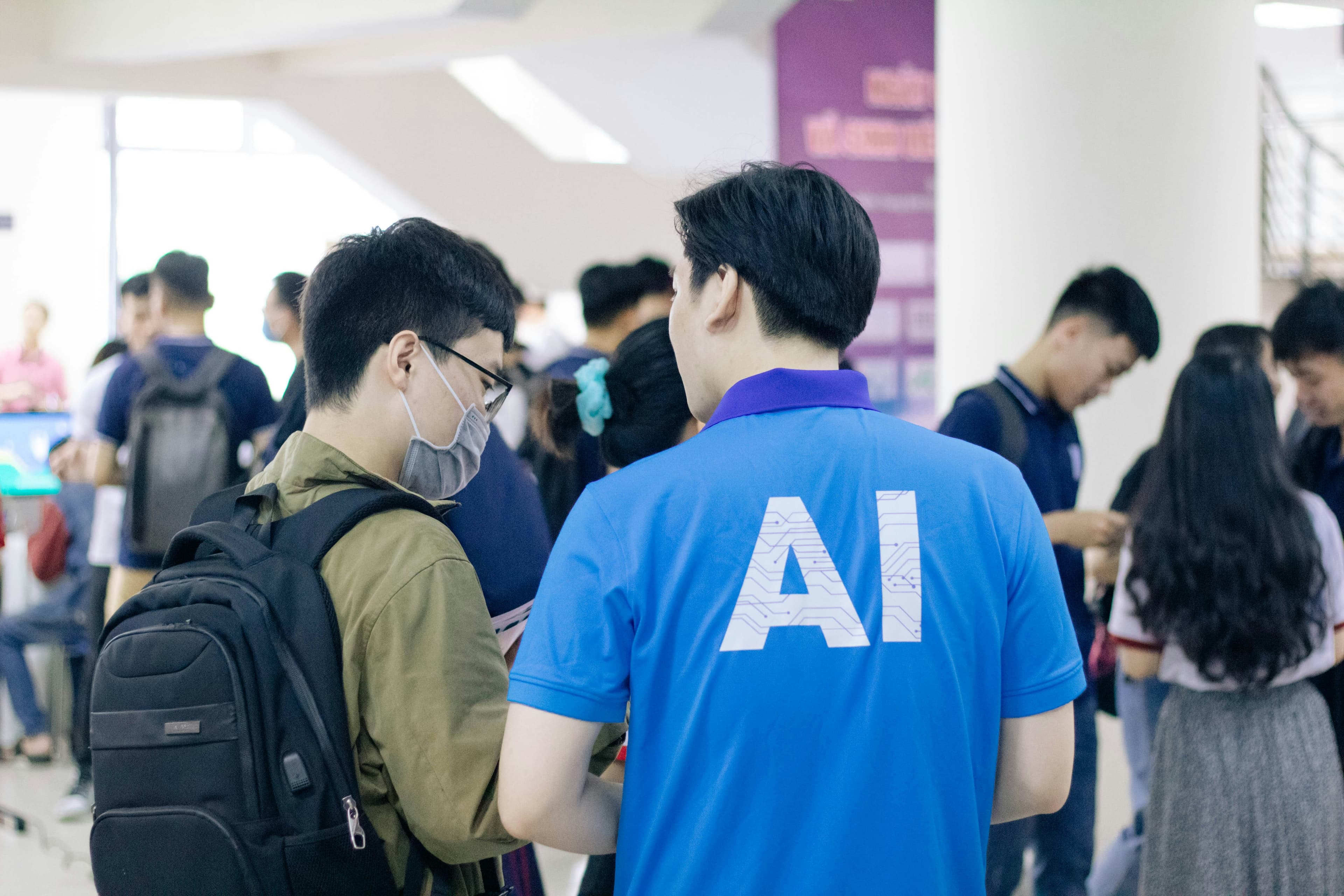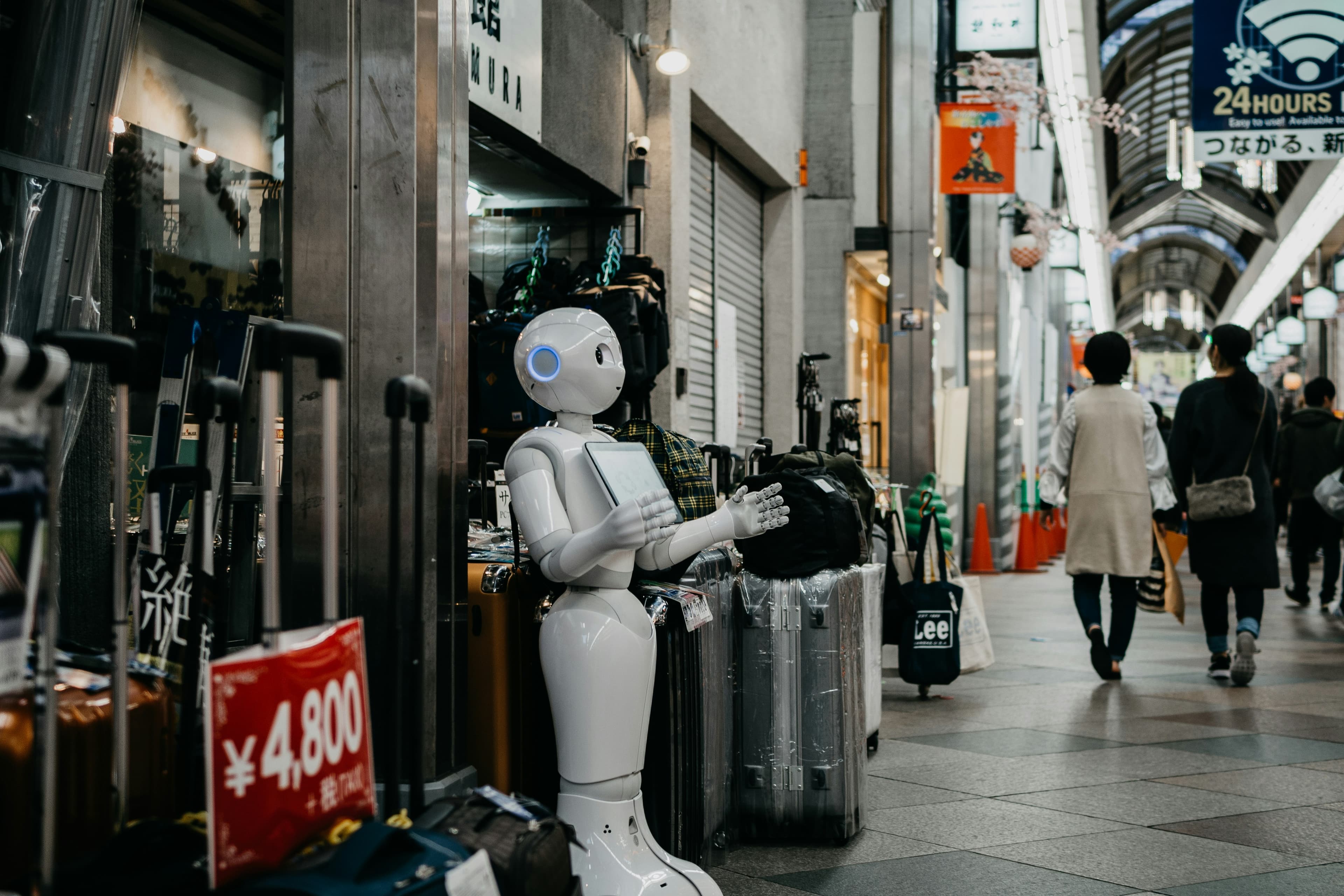The Future Workplace with AI: Balancing Automation and Human Guidance
by Brian Hollenbach, CEO
The AI Revolution in Manual Tasks
Artificial Intelligence is rapidly transforming the workplace, particularly in areas traditionally dominated by manual, repetitive tasks. From data entry and customer service to inventory management and quality control, AI systems are demonstrating remarkable capabilities in automating processes that once required significant human intervention.

However, the key to successful AI implementation isn't just deploying the technology—it's understanding how to guide and optimize these systems to deliver maximum value while maintaining the human touch that customers expect.
The Promise and Perils of Automation
AI excels at handling routine tasks with speed and consistency that humans simply cannot match. In our work with transportation and hospitality clients, we've seen AI systems process thousands of passenger inquiries simultaneously, manage complex scheduling algorithms, and analyze vast amounts of operational data in real-time.
The benefits are clear: reduced operational costs, improved efficiency, and the ability to scale services without proportional increases in human resources. But here's where many organizations stumble—they treat AI as a "set it and forget it" solution.

The Critical Need for Human Guidance
Effective AI implementation requires ongoing human oversight and strategic guidance. AI systems, no matter how sophisticated, lack the nuanced understanding of context, emotional intelligence, and creative problem-solving that humans bring to complex situations.
In our consulting practice, we've learned that the most successful AI implementations are those where human experts work alongside AI systems, providing:
- Strategic Direction: Setting clear objectives and success metrics
- Quality Assurance: Monitoring outputs and ensuring accuracy
- Context Interpretation: Understanding the broader business implications
- Continuous Optimization: Refining algorithms based on real-world performance
Best Practices for AI Implementation
Based on our experience across multiple industries, here are the key principles for successful AI deployment:
1. Start with Clear Objectives
Define specific, measurable goals for your AI implementation. What manual tasks are you trying to automate? What outcomes are you seeking to achieve?
2. Maintain Human Oversight
Establish clear protocols for human review and intervention. AI should augment human capabilities, not replace human judgment entirely.
3. Invest in Training
Both your AI systems and your human team need ongoing training. AI models require continuous refinement, while your staff needs to understand how to work effectively with these tools.
4. Monitor and Iterate
Regularly assess performance metrics and be prepared to adjust your approach. The AI landscape is evolving rapidly, and your implementation should evolve with it.

The Future of Human-AI Collaboration
The future workplace won't be one where AI replaces humans, but rather one where humans and AI work together more effectively than ever before. By combining the analytical power of AI with human creativity, empathy, and strategic thinking, organizations can achieve levels of efficiency and innovation that were previously impossible.
The companies that will thrive in this new landscape are those that invest not just in AI technology, but in developing their human capital to work alongside these powerful tools. Success requires both technological sophistication and human wisdom.
As we continue to navigate this transformation, the question isn't whether AI will change the workplace—it's whether we'll be prepared to guide that change effectively.